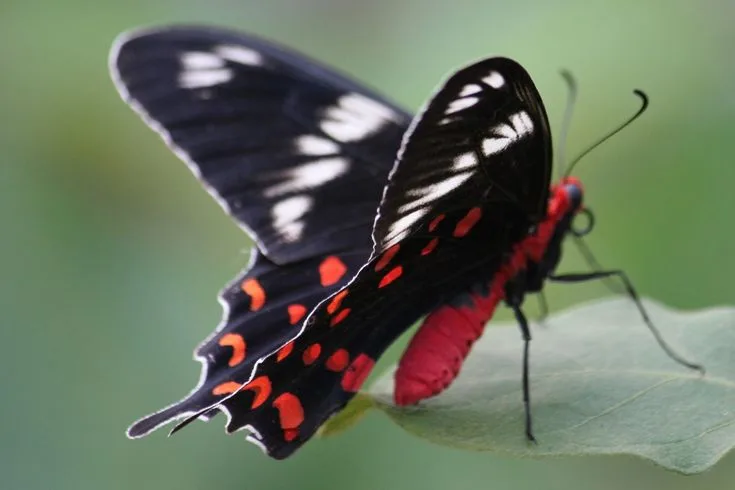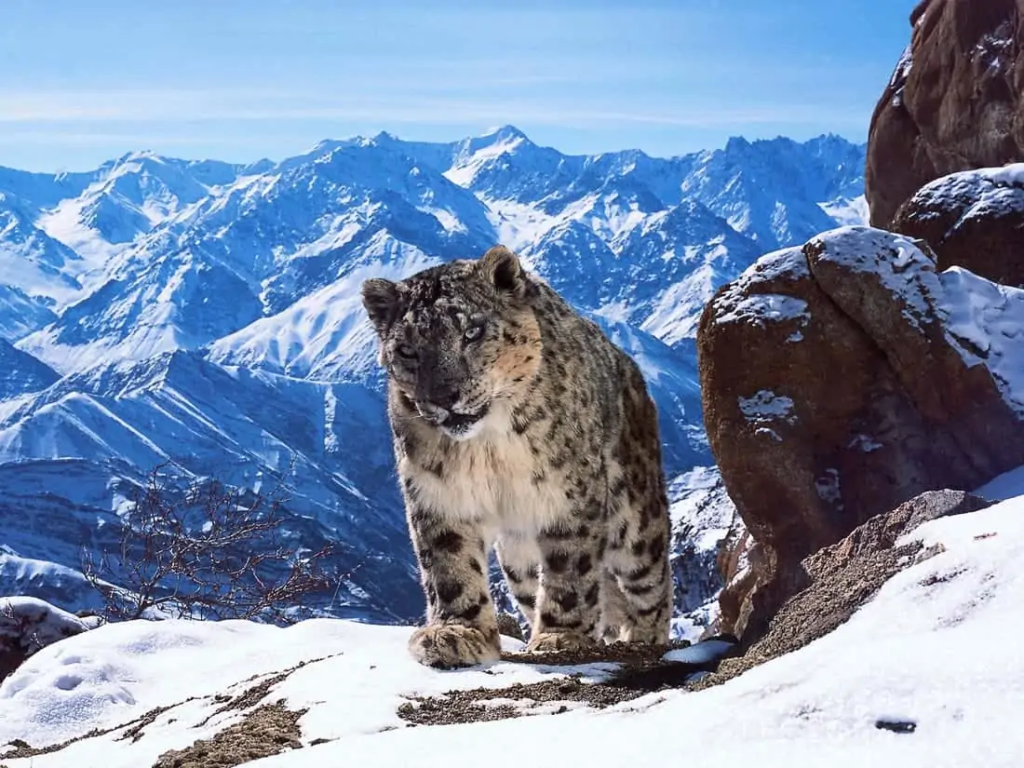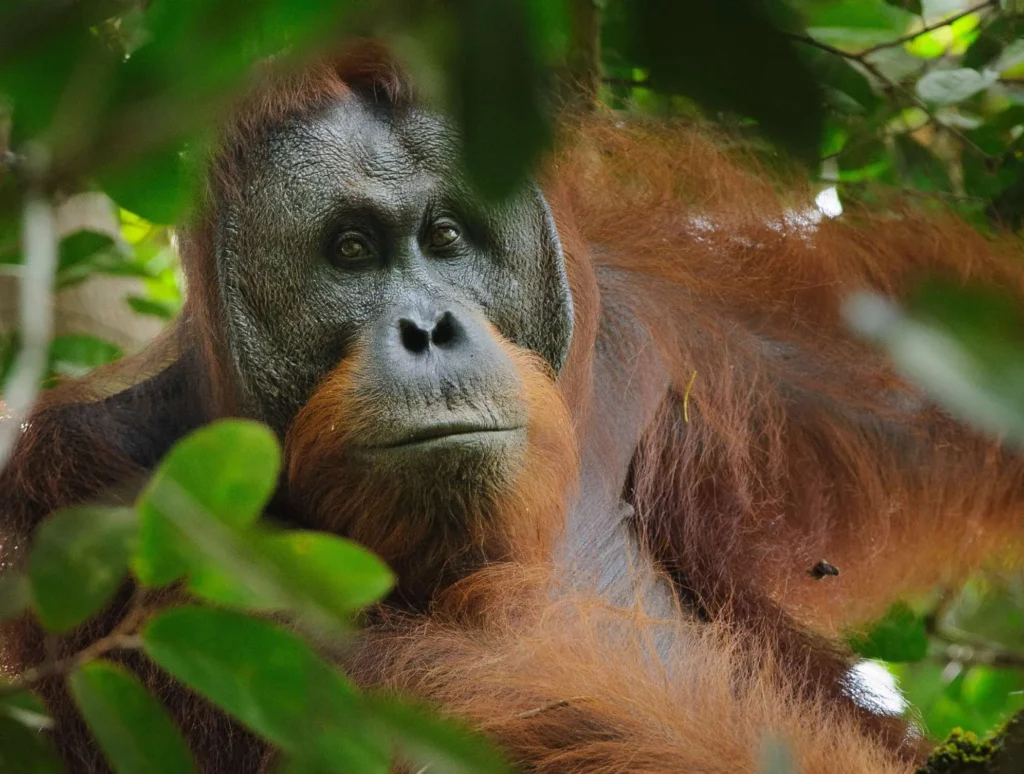Nature is full of surprises, and one of its most fascinating tricks is how animals blend into their surroundings.
Some creatures are so well camouflaged that they seem to vanish entirely in the blink of an eye. Among the most impressive masters of disguise are those animals that mimic the look of leaves, using this camouflage to avoid predators or to ambush prey. These leaf-like creatures are the perfect examples of how evolution has shaped the animal kingdom in astonishing ways. Let’s take a look at six incredible animals that look like leaves!
1. Leaf-Tailed Gecko

The leaf-tailed gecko (found in Madagascar) is a true master of disguise. These geckos have evolved to blend into their forest environments by resembling dead leaves. Their tails are flat and leaf-shaped, with coloration that matches the surrounding foliage. When resting on a tree trunk or a branch, they are nearly impossible to spot. The leaf-tailed gecko’s ability to stay motionless and blend in is a lifesaver, helping them avoid predators such as birds and snakes.
Their camouflage is so effective that even when they move, they retain the appearance of a leaf fluttering in the wind. How’s that for perfect disguise?
2. Leaf Insect (Walking Leaf)

The leaf insect, or walking leaf, is another exceptional example of nature’s ingenuity. Found in Southeast Asia, these insects resemble dead or living leaves. Their bodies are flat and leaf-like, and their green or brown coloring helps them blend seamlessly into the trees, bushes, and shrubs around them. Even the veins on their bodies mimic those of real leaves, giving them a level of realism that is almost uncanny.
When threatened, leaf insects will remain perfectly still, hoping to avoid detection by predators. Their camouflage is so effective that they can easily escape the notice of birds and other predators that might otherwise view them as an easy meal.
3. Dead Leaf Mantis
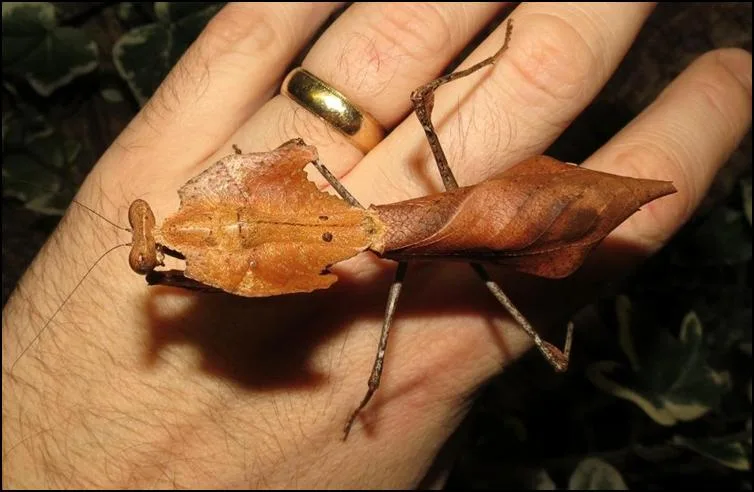
Next on our list is the dead leaf mantis, an insect so skilled at hiding in plain sight that it often looks more like a crumpled, brown leaf than a living creature. This mantis species can be found in parts of Southeast Asia, and it uses its leaf-like appearance to blend in with the forest floor. It’s not just their body that mimics a leaf; the way they move—slow and deliberate—also helps them avoid attention.
Dead leaf mantises can even “sit” in a pose that mimics a leaf in the wind, swaying gently to further blend in with their surroundings. They are predators themselves, waiting for prey to wander too close before ambushing them with lightning-fast strikes.
4. Leaf-Nosed Bat
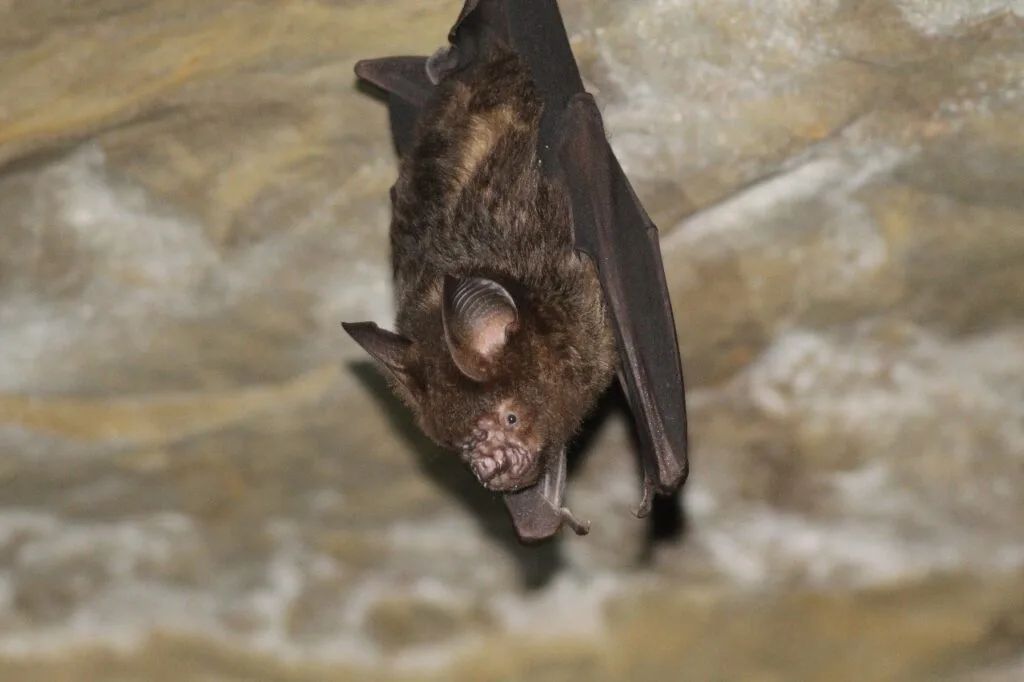
The leaf-nosed bat may not look exactly like a leaf, but its unique nose shape resembles a leaf in a way that helps it camouflage in the wild. These bats are found in parts of Southeast Asia and are known for their distinctive leaf-shaped structures on their noses. The leaf-like shape helps them in their nocturnal environment, potentially aiding in their echolocation, making them efficient hunters.
Though not an exact leaf mimic, their nose structures are so specialized that it almost looks like the bats are sporting a natural leaf accessory. This camouflage helps them blend into their leafy, tropical habitats, avoiding predators such as owls.
5. Green Tree Python

The green tree python may not have the appearance of a leaf at first glance, but its bright green coloring makes it nearly indistinguishable from leaves when resting in trees. Found in New Guinea, these pythons wrap themselves around branches, staying perfectly still as they wait for prey to come near. Their vibrant green color provides excellent camouflage against the leaves and branches, making them nearly invisible to potential prey—and even predators.
Unlike some animals that rely on their environment for camouflage, the green tree python’s color alone is enough to help it disappear into the foliage. When threatened, they may even adopt a “leaf-like” position by hanging loosely from a branch, making them even harder to spot.
6. Lonomia Caterpillar

The Lonomia caterpillar, found in South America, is one of the most dangerous—and camouflaged—creatures in the world. Its body is covered with small spines, and it has a leaf-like appearance that helps it blend into its surroundings. The green and brown tones of the caterpillar’s body make it look remarkably like a dead leaf, and it rests in areas with dense vegetation, where it remains almost invisible.
What’s even more fascinating is that while this caterpillar is nearly impossible to spot, it is also highly venomous. A single sting from this creature can cause severe reactions, including hemorrhaging. But its leaf-like camouflage ensures that many unsuspecting animals (and humans) come too close.
Why Do Animals Mimic Leaves?
Mimicking leaves offers these animals a strategic advantage. For many, the goal is simple: avoid becoming someone else’s dinner. Predators often have difficulty spotting animals that blend into their environment. On the other hand, some of these leaf-like creatures are ambush predators that use their camouflage to sneak up on unsuspecting prey.
For others, camouflage helps them avoid the harmful eyes of birds or other predators that hunt by sight. And, of course, nature’s designs are incredibly varied, so different species have evolved different strategies to mimic not just leaves but other elements of the natural world—like bark, moss, or even flowers.

